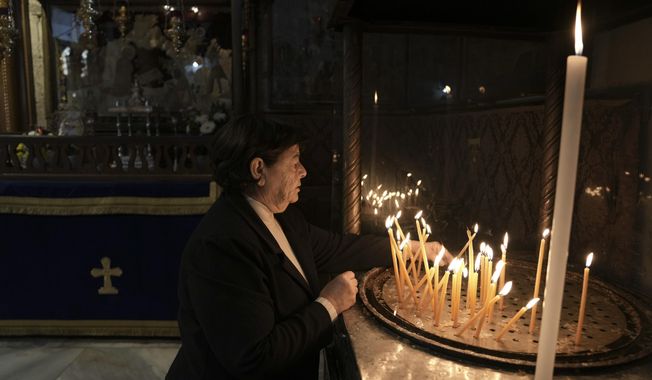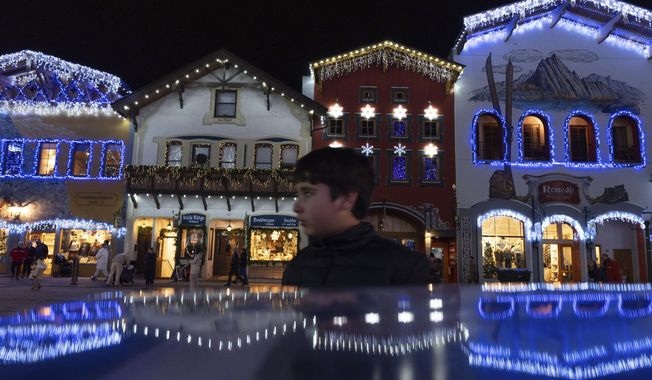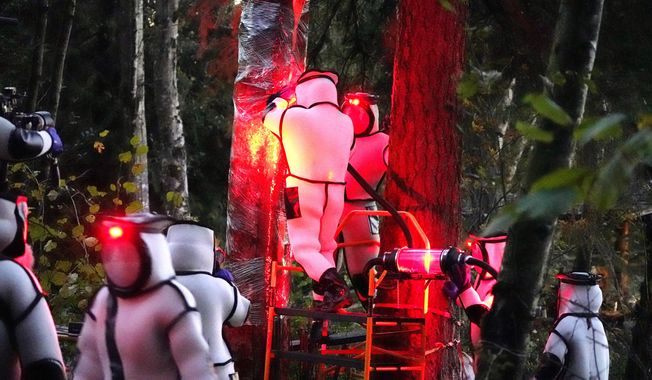
FILE - This Feb. 13, 2017, file photo shows a site where the final phase of the Dakota Access Pipeline near the Missouri River took place with boring equipment routing the pipeline underground and across Lake Oahe to connect with the existing pipeline in Emmons County in Cannon Ball, N.D. All four Native American tribes in the Dakotas that are fighting the oil pipeline in court are seeking to challenge the recent conclusion of federal officials that a spill would not greatly affect tribal populations. At the heart of the matter is a report from the Army Corps of Engineers detailing its conclusion. The federal judge overseeing the case has scheduled a status conference in Washington on Wednesday, Dec. 12, 2018, to determine how to proceed. (Tom Stromme/The Bismarck Tribune via AP, File)
Featured Photo Galleries











Trump Transition: Here are the people Trump has picked for key positions so far
President-elect Donald Trump has announced a flurry of picks for his incoming administration. Get full coverage of the Trump transition from The Washingon Times.



